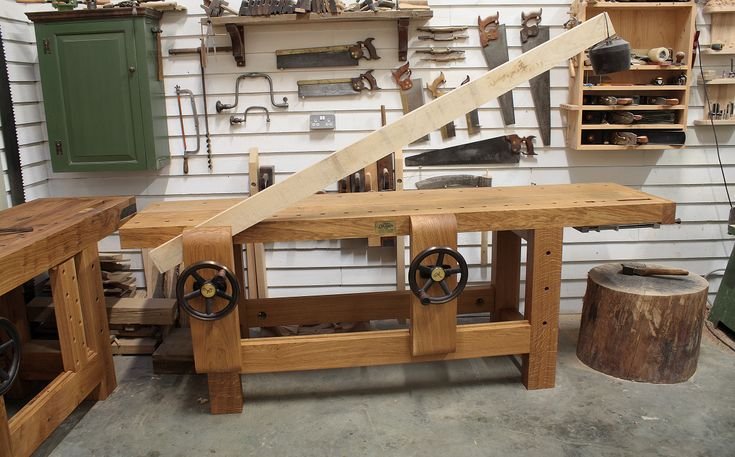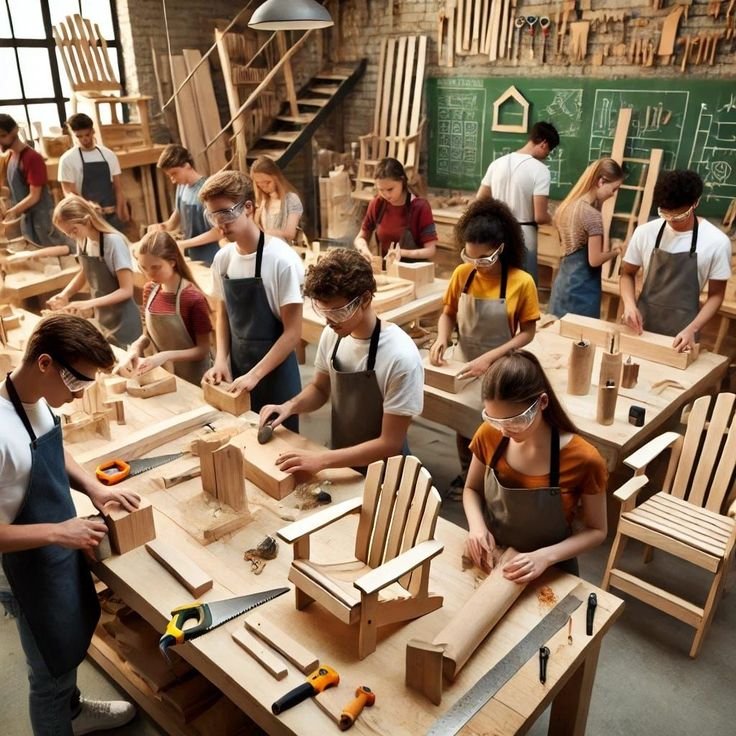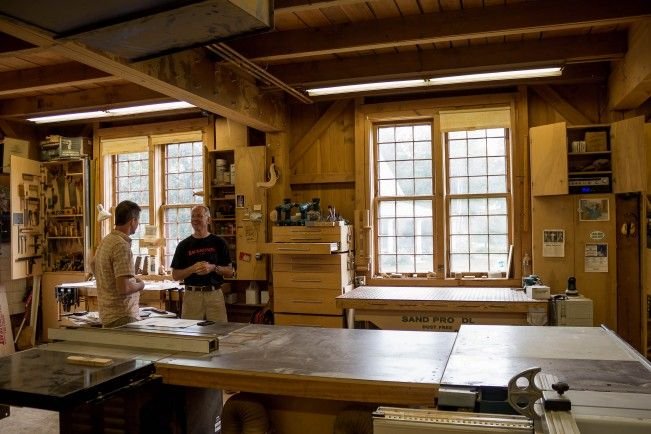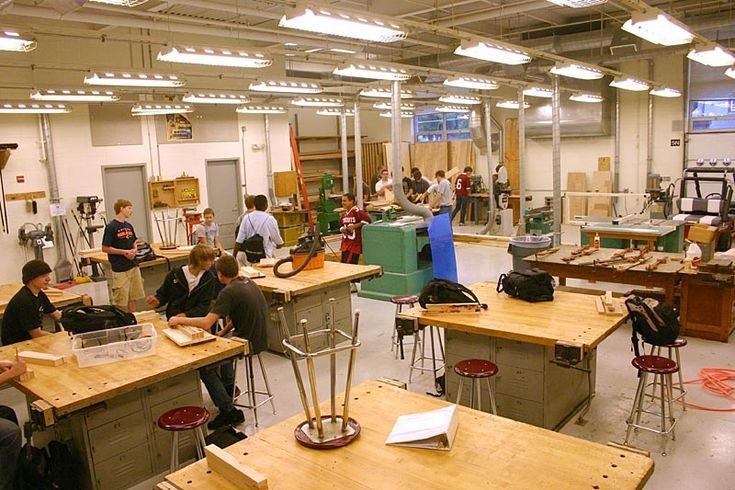A Journey Into Dining Chair Woodworking
So, there I was, sitting in the garage with the smell of sawdust swirling around me like a warm hug. It was one of those crisp Saturday mornings in early autumn, and I had this grand idea. You know, the kind that sneaks up on you while nursing your cup of coffee and looking at Pinterest? I decided I was finally going to make my own dining chairs. “How hard can it be?” I thought. Oh boy, did I have a lot to learn.
The Leap of Faith
I’ve been tinkering with wood for a while now. I built some shelves, a few birdhouses, and even dabbled in a coffee table that turned out okay—if you had your eyes half-closed. But dining chairs? That felt like a whole different level. But excitement can cloud judgment, and I dove right in.
I had this amazing idea in my head: rustic farmhouse vibes, sturdy enough to withstand my two kids bouncing around, and maybe a bit of style if I could manage it. The vision was there, but as for skills? Let’s just say they needed a little polishing.
First Steps and Missteps
I decided to use oak for the chairs. I mean, c’mon, it’s like the classic wood, right? Strong, durable, and the grain just looks beautiful when you finish it. Got a few planks from the local lumberyard—shout out to Johnson’s Hardware—where the guys there always give me a helping hand, especially the eldest Johnson. He’s like a walking encyclopedia but with a slightly crooked smile and a twinkle in his eye.
Rounding up my tools was another mini-adventure. I had my trusty miter saw—nothing fancy, just a basic model from Home Depot, but it does the job. I had a hand sander, clamps, and my old drill that’s seen better days. Oh, and wood glue. I can’t forget that. It’s like the secret sauce of woodworking!
Anyway, I set to work, firing up the saw, and it was like music to my ears. The sound of cutting through that oak—ah, it was euphoric. But oh, the dust! I couldn’t breathe for a minute there. It was like I was giving my lungs an obstacle course.
The First Mistake
About halfway into cutting out the legs, I realized something: I hadn’t measured properly. Not even close. One leg was, I kid you not, a solid inch longer than the other. I just sat there staring at it, and I almost gave up right then and there. I thought, “Is this what I signed up for? Fiddling with wood like some amateur?”
But then I remembered the old saying my dad used to share: “Nothing worth doing is ever easy.” So, I grabbed the leg, threw it back on the saw, and made the cut. It was a small victory, but man, did it feel good.
Assembly Required
The real fun—or chaos, depending on the day—started when I tried to assemble them. Those clamps? I could never figure out if I was applying too much pressure or not enough. They were like mini torture devices for wood. I finally got the pieces together, making sure the glue was good and strong.
But I had a moment of doubt—my brother’s a carpenter, and, well, he’s seen better days too, but I thought he’d have a good laugh. So, I called him up, and in between chuckles, he said, “Just make sure the chairs don’t wobble, or your kids will take your craftsmanship to the next level when they start using them as makeshift seesaws.”
The Sweet Smell of Victory
Once everything was glued together and dried, I sanded it down like I was trying to erase a bad memory. That finish—the first stroke of varnish I laid down—changed everything. It gave the oak that deep, rich look, and oh, the smell! There’s something about a good finishing oil that feels almost like an accomplishment.
But then came the moment of truth. I was standing there with the two completed chairs, and they looked just about perfect—at least through my slightly fogged-up, proud-of-myself eyes. I set them up at the dining room table, and the moment the kids plopped down on them, I held my breath.
Lessons Learned
But, as luck would have it, my daughter—bless her little heart—decided the chair needed to double as a launching pad. She stood up, bounced a bit, and— BAM! One leg snapped like a dry twig. I couldn’t help but laugh. It was just so ludicrous. All that work, and here I was staring down at a splintered leg.
In the end, I learned that wooden furniture could be as much of a lesson as it is a physical project. Patience, precision, and a sense of humor are key ingredients. You know, each of those failures taught me something, and I ended up fixing the leg with a couple of extra pieces of support, tightening everything down.
The kids still use those chairs, and they’re well-loved, with scratches and marks that add character, which is how I see it now. If those chairs could talk, they’d have stories of both laughter and lessons, joy and a little sadness.
Final Thoughts
So yeah, if you’re thinking about trying your hand at dining chair woodworking—just go for it. Don’t get caught up in the “what ifs” or “how to’s.” Embrace the mistakes and the mishaps; they’ll be part of the charm in your work. Every scratch tells a story, and every wobble teaches a lesson. At the end of the day, it’s about the joy of creating something with your own two hands and sharing it—whatever it looks like. So, pour yourself another cup of coffee, roll up those sleeves, and dive in! Happy woodworking!









